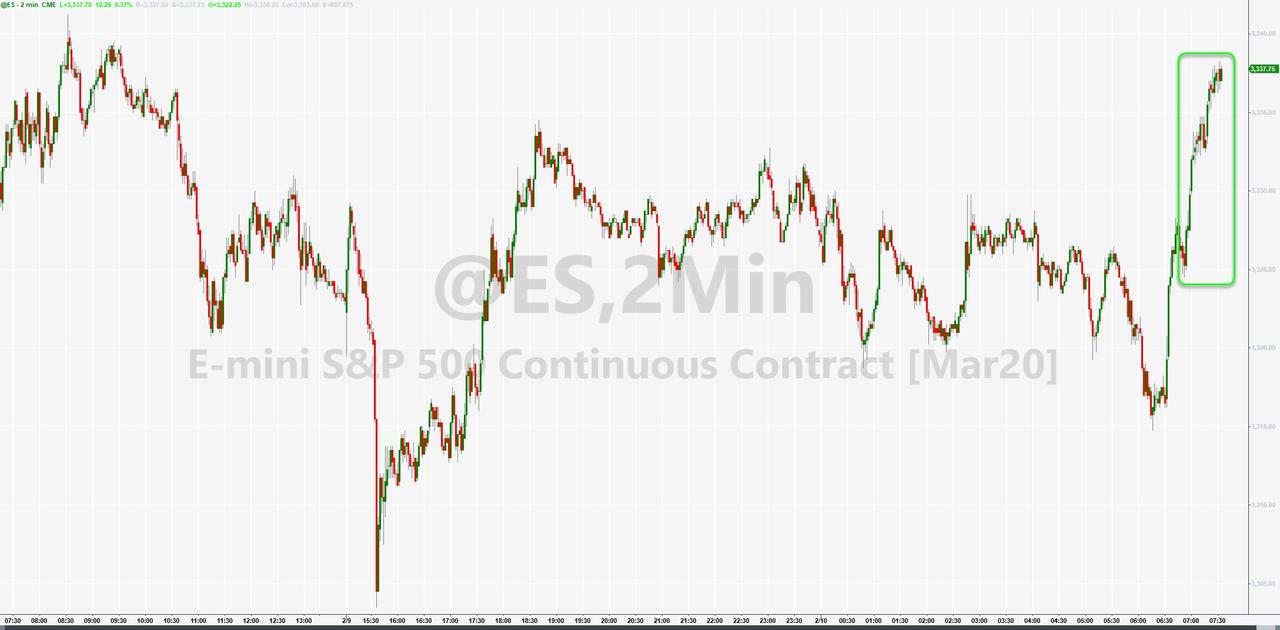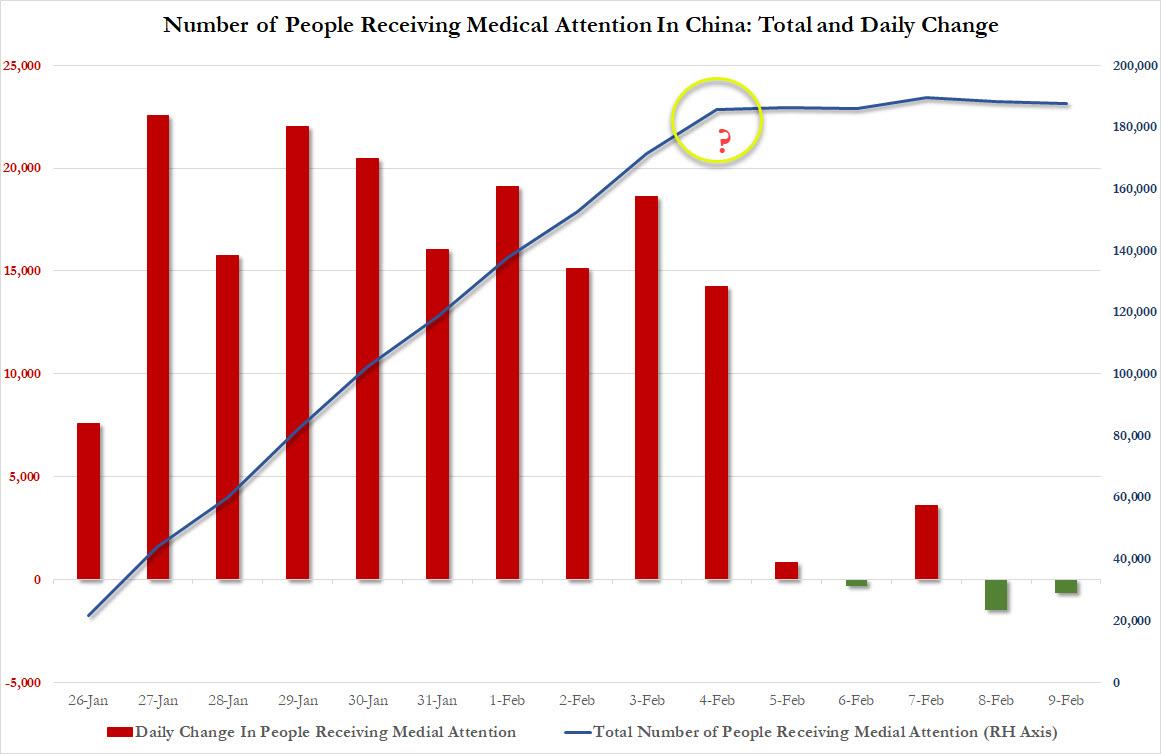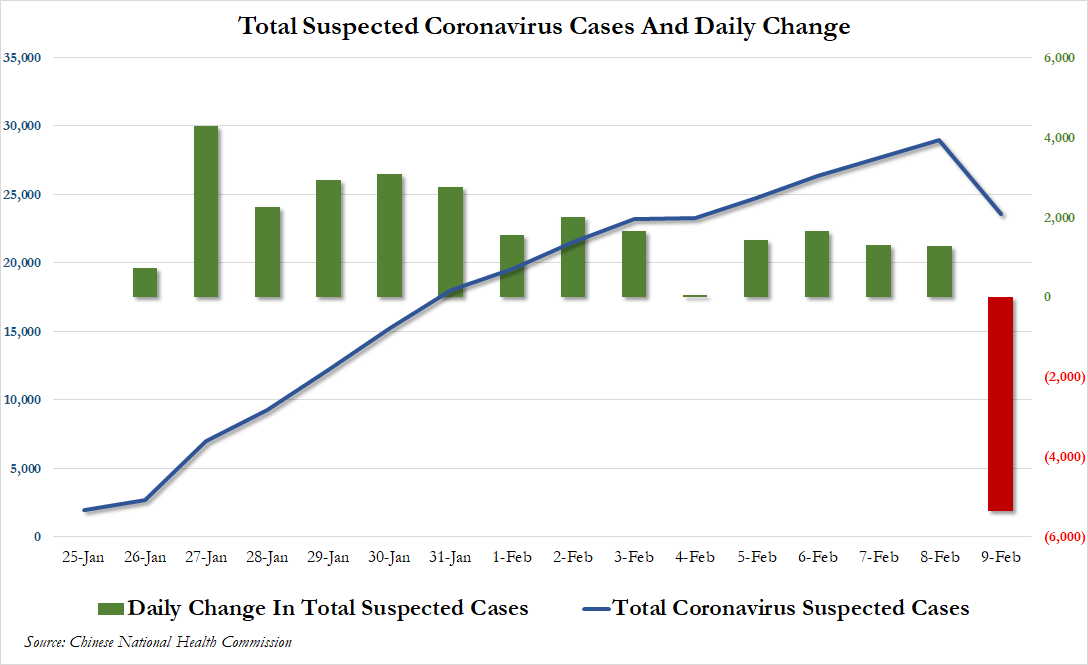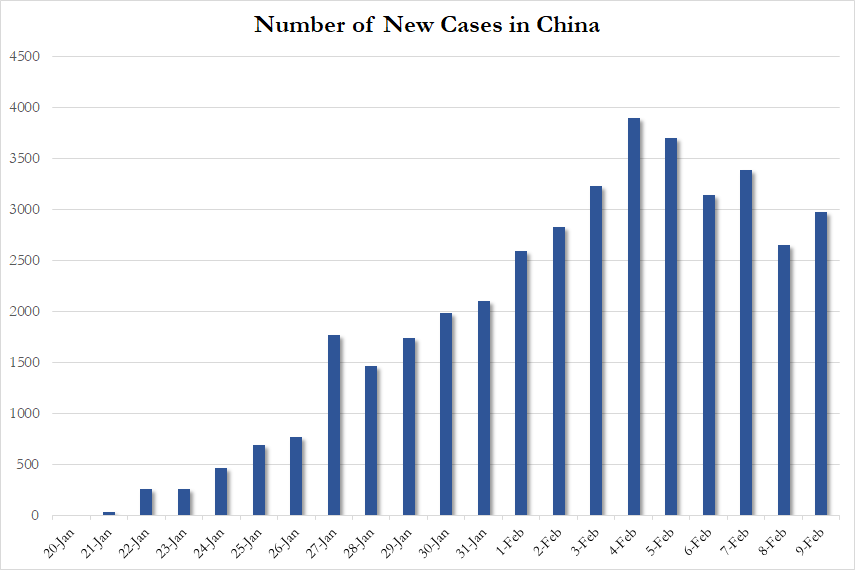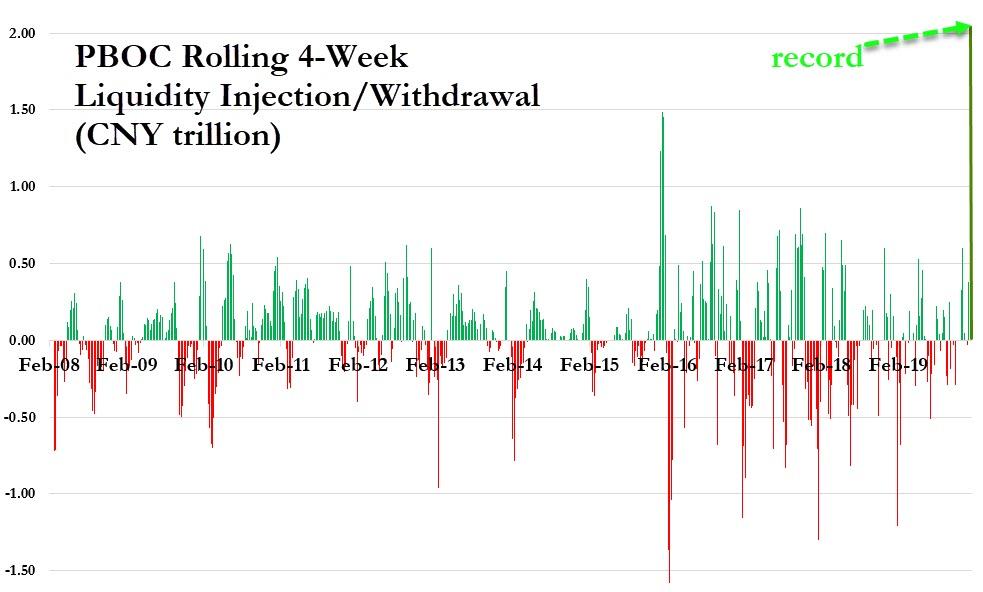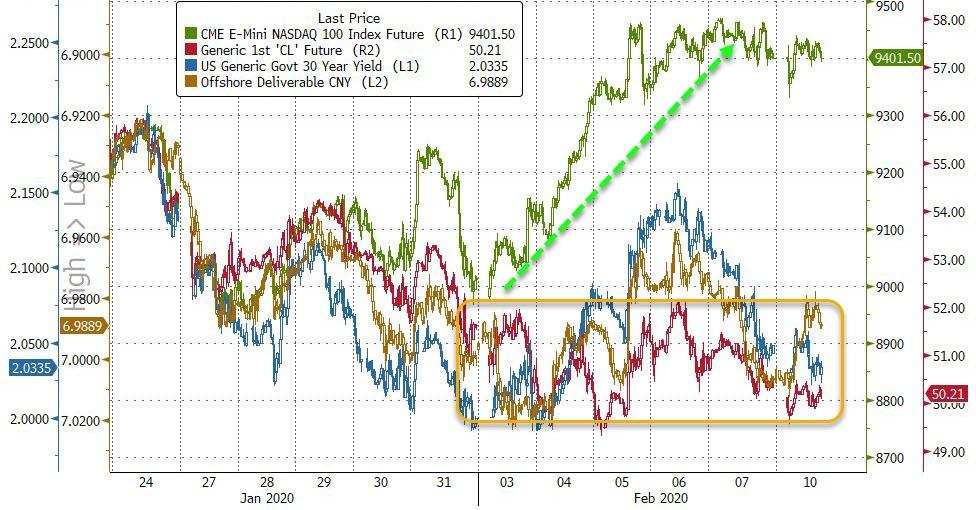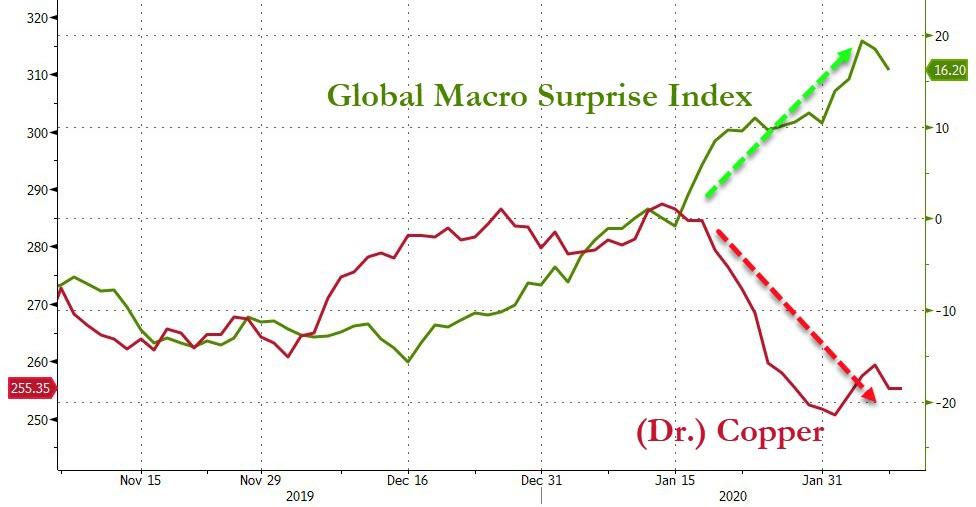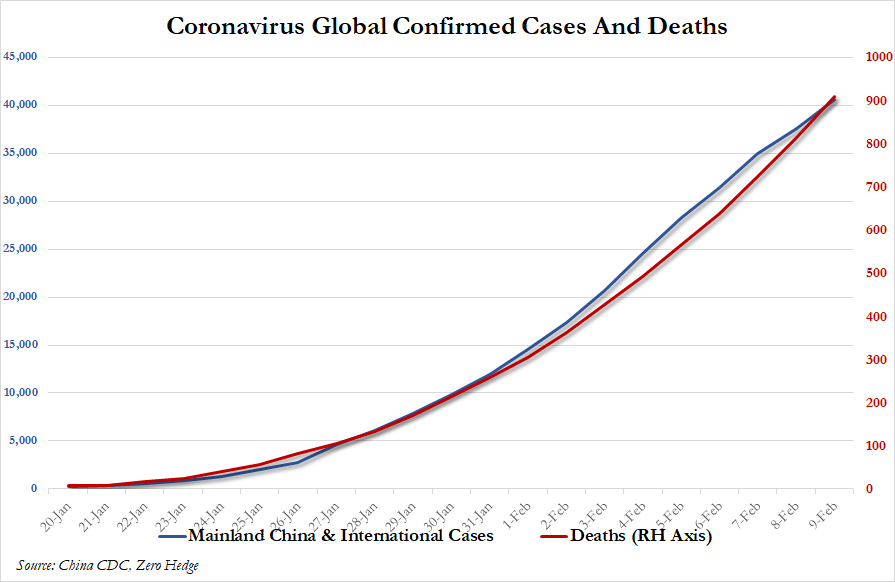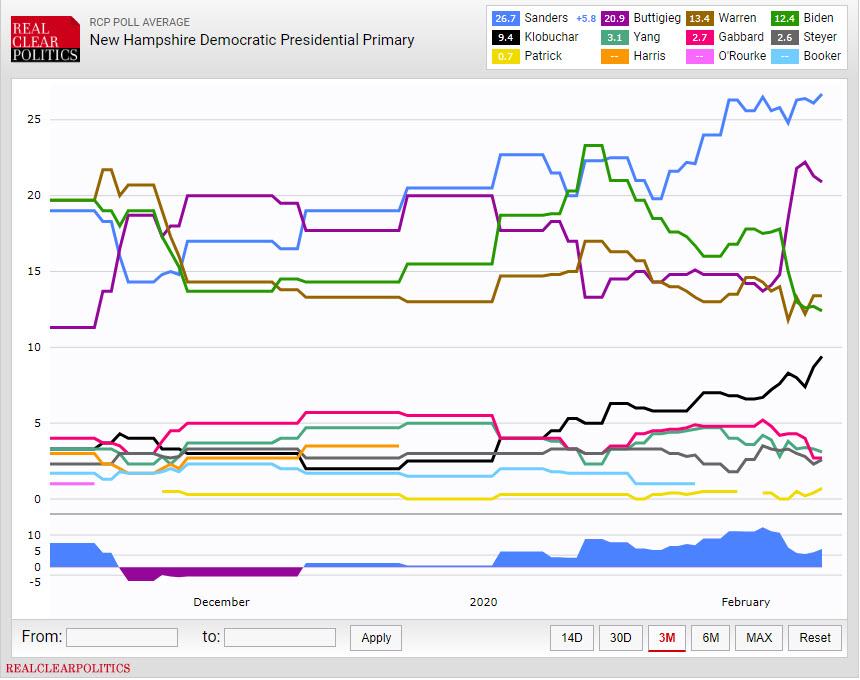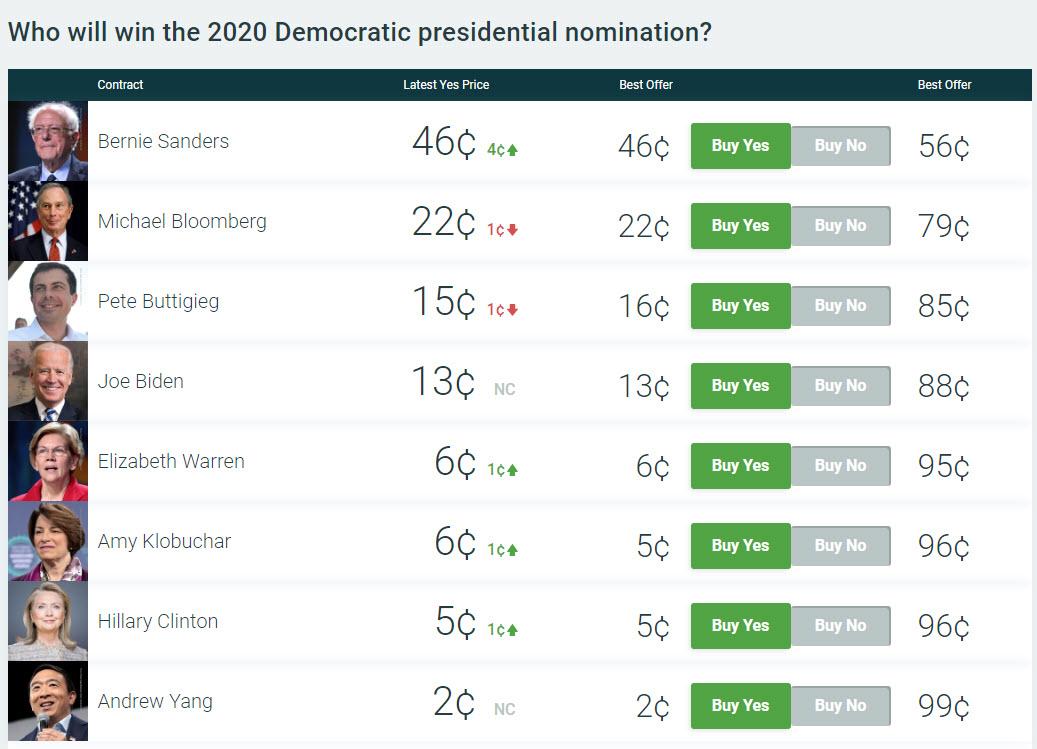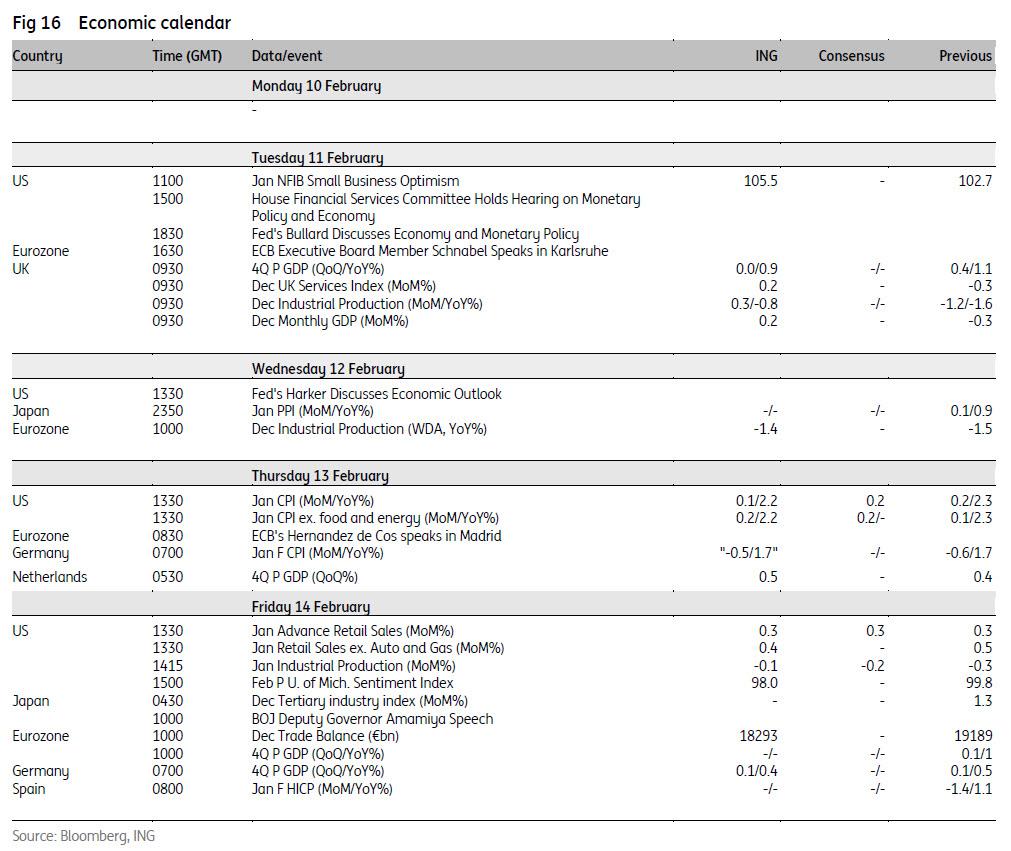Amazon Moves To Depose Trump In Lawsuit Over $10 Billion ‘JEDI’ Contract
For Amazon’s dominant cloud-computing platform AWS, winning a $10 billion contract to overhaul the IT systems of the American military seemed like a walk in the park. Their clear dominance in the field would make Amazon’s competitors’ for the contract into guaranteed also-rans. This would be a breeze. A layup. A cinch.
Unfortunately, that’s not quite how it all went down. And now Amazon is throwing the equivalent of a corporate temper tantrum as it seeks to ‘rectify’ the DoJ’s decision, which it maintains was made for political reasons (given Trump’s well-known beef with Washington Post owner and Amazon founder Jeff Bezos).
In court documents unsealed on Monday, Amazon revealed that it wants to depose President Trump, Defense Secretary Esper and former Defense Secretary James Mattis as part of its case protesting the contract.
NEW: Amazon says it wants to depose President Trump and Defense Secretary Esper as part of its JEDI contracting protest, according to documents unsealed in court today.
Amazon also says it wants to depose former Defense Secretary Mattis.
— Brian Fung (@b_fung) February 10, 2020
Amazon recognizes that deposing a president might present “unique circumstances,” but its lawyers are clearly focused on trying to uncover evidence that Trump personally intervened in the awarding of the contract, using his influence to sway it toward Microsoft, which, ironically, was argued to be the less political pick by lawmakers who opposed the Amazon bid.
Here are the topics AWS wants to cover in the deposition of Trump. See the footnote: “AWS recognizes that a deposition of a sitting President of the United States presents unique circumstances…” pic.twitter.com/YBAQbHMqhU
— Brian Fung (@b_fung) February 10, 2020
Trump and his two defense secretaries are among seven people that Amazon wishes to depose as part of its lawyers’ discovery efforts.
“While other individuals can testify about specific conversations he had with them individually, President Trump is the only individual who can testify about the totality of his conversations and the overall message he conveyed,” according to the filings. “Morover, President Trump has unique knowledge about whether he had other, previously undisclosed conversations with individuals not previously identified, and who therefore do not appear on the deposition list.”
In a statement to CNBC, Amazon said “the preservation of public confidence in the nation’s procurement process requires discovery and supplementation of the administrative record…”
“President Trump has repeatedly demonstrated his willingness to use his position as President and Commander in Chief to interfere with government functions – including federal procurements – to advance his personal agenda. The preservation of public confidence in the nation’s procurement process requires discovery and supplementation of the administrative record, particularly in light of President Trump’s order to ‘screw Amazon.’ The question is whether the President of the United States should be allowed to use the budget of the DoD to pursue his own personal and political ends.”
The White House declined to comment to CNBC, and the White House reportedly refused to comment, as did the DoJ.
Tyler Durden
Mon, 02/10/2020 – 10:59
via ZeroHedge News https://ift.tt/38eA0J3 Tyler Durden
